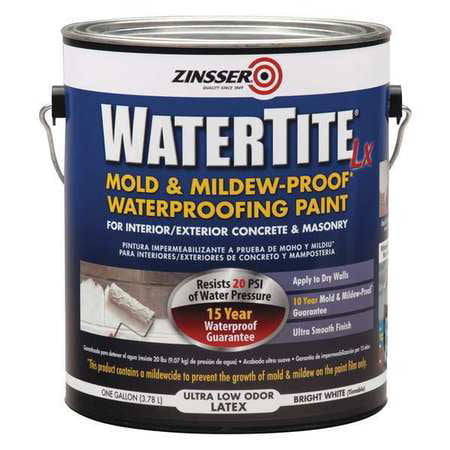I'm building a layout in a shed external to my house in the hot, humid state of FL. While I have the shed under a carport and insulated well, it does seem to remain cool for the most part. But I do not intend to run the AC full time, so it will experience temp and humidity swings.
Many of my decks/shelfs will be good grade, multiply layered 3/4" plywood, which I intend to try and 'seal up' as much as possible against moisture absorption, and the subsequent warping that can occur.
My first thoughts turned to paints,...either oil or water based. But as I thought more about the situation I came to believe that the paints for the most part just coat the exterior of the plywood. They don't really penetrate the wood to seal it up.
Many of my decks/shelfs will be good grade, multiply layered 3/4" plywood, which I intend to try and 'seal up' as much as possible against moisture absorption, and the subsequent warping that can occur.
My first thoughts turned to paints,...either oil or water based. But as I thought more about the situation I came to believe that the paints for the most part just coat the exterior of the plywood. They don't really penetrate the wood to seal it up.


